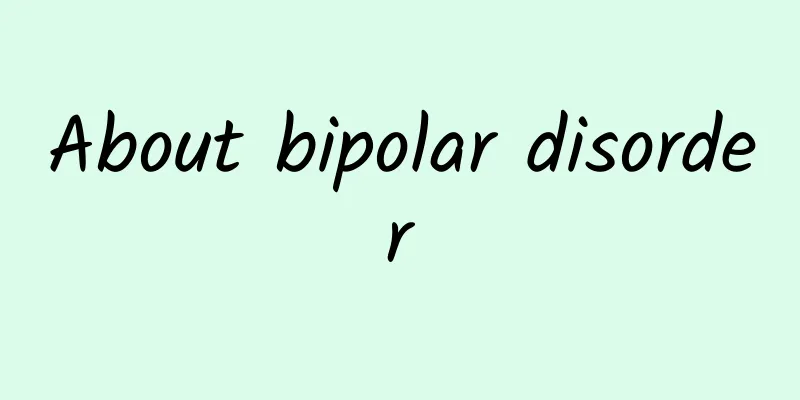Slight bleeding in the lower body

|
If there is slight bleeding in the lower body, it is necessary to find out the real cause of the disease. For many patients, the reason for this is related to endocrine disorders, and corresponding treatment should be carried out in time. If the frequency of bleeding increases, it is necessary to stop the bleeding as soon as possible, because long-term bleeding will cause greater harm to women's bodies, and may even cause anovulation in their uterus. (I) Endocrine factors vaginal bleeding 1. Anovulatory uterine bleeding (1) General treatment: Supplementation of iron, vitamin C and protein. Blood transfusion is required for severe anemia. (2) Stop bleeding ① Diagnostic curettage: This method is rapid and effective and can also understand endometrial pathology and exclude malignant conditions. It is routinely used for married patients of childbearing age or perimenopausal period with a long course of disease. ②Progestin: also known as "drug-induced curettage", suitable for patients with a certain level of estrogen. ③Estrogen: Only suitable for unmarried adolescent patients and patients with low hemoglobin. (3) Control the menstrual cycle ① Estrogen-progestin sequential therapy: that is, artificial cycle, suitable for adolescent dysfunctional uterine bleeding or women of childbearing age with dysfunctional uterine bleeding (abbreviated as DUB) and low endogenous estrogen levels. ② Combined use of estrogen and progesterone: Suitable for women of childbearing age with functional uterine bleeding and high endogenous estrogen levels. Compound norethindrone tablets can be used ③Second half cycle therapy: suitable for functional uterine bleeding during menopausal transition period. (4) Promote ovulation: Suitable for adolescent and reproductive age functional uterine bleeding, especially for infertile patients. Clomiphene, urogonadotropin, chorionic gonadotropin, etc. can be used. 2. Ovulatory uterine bleeding (1) Luteal insufficiency: ① Promote follicle development. ② Luteal function stimulation method. ③Functional replacement therapy. (2) Irregular endometrial shedding: Treatment with progesterone, chorionic gonadotropin, etc. (II) Vaginal bleeding due to pregnancy complications 1. Abortion: Threatened abortion should be treated to preserve the pregnancy, with bed rest and daily intramuscular injection of progesterone. If there is increased bleeding and worsening of paroxysmal lower abdominal pain, it means abortion is inevitable. If some tissue is discharged, it is an incomplete abortion and a vacuum extraction should be performed. 2. Ectopic pregnancy: surgery is the main treatment. Hydatidiform mole: Use suction curettage to remove the contents of the uterine cavity and perform preventive chemotherapy if necessary. |
<<: How many weeks of pregnancy can I do B-ultrasound
>>: Are breast tumor-like nodules serious?
Recommend
I have wormwood, where can malaria go?
" April 26, 2022 is the 15th National Malari...
The blood test showed no pregnancy, right?
Pregnancy can be said to be a big event for every...
What is the best treatment for cervical erosion?
What is the best treatment for uterine erosion? M...
How big is the belly at six months old
When the pregnancy reaches the sixth month, the m...
Why do nipples feel itchy?
I believe that every woman wants to have beautifu...
Does smoking affect fertility in women?
At present, smoking is very common in various cit...
Can I take a shower on the second day of my period?
Bathing is indispensable for women every day. Wit...
What is the cause of a small pimple on the vulva?
Summer is here, the heat permeates every corner o...
Is "low temperature slow cooking" really healthier? Don't cook these three types of food this way
Compared with traditional cooking methods, some o...
What should I pay attention to after the angiography?
Following the success of the first edition and re...
How to prevent cesarean section wound hyperplasia?
I think every female friend will feel proud of be...
Bleeding after sex feels like menstruation, what's going on?
Why does bleeding after intercourse feel like men...
What is the best plan for pre-pregnancy preparation?
Introduce to you the best plan for preparing for ...
Flavored e-cigarettes, the "sugar-coated bullet" in e-cigarettes
Author: Xiao Dan, Director of the Department of T...
What to do if you have bad taste in your mouth during pregnancy
Pregnancy is a process that every woman must go t...









